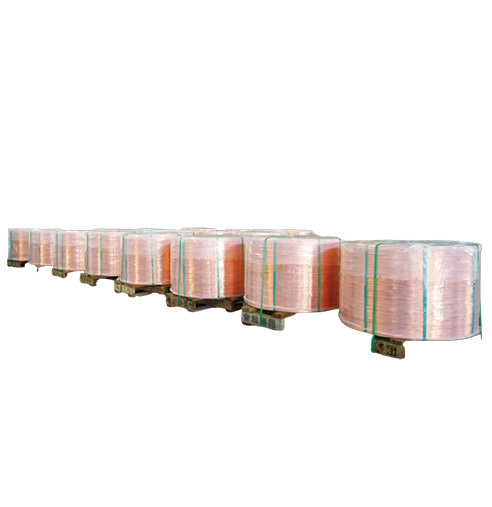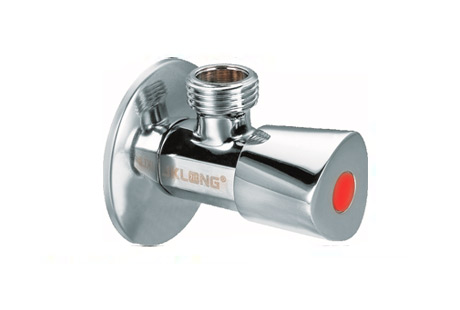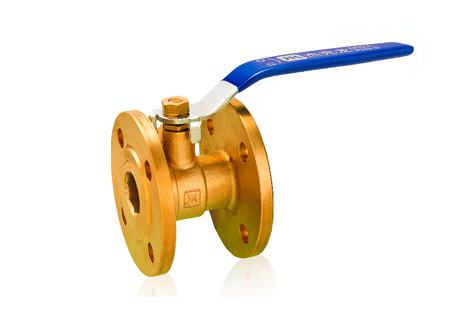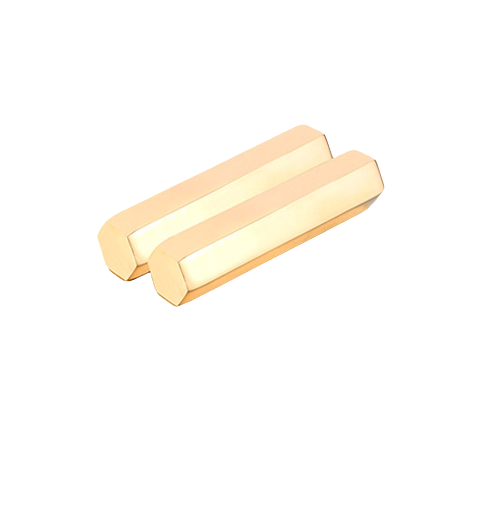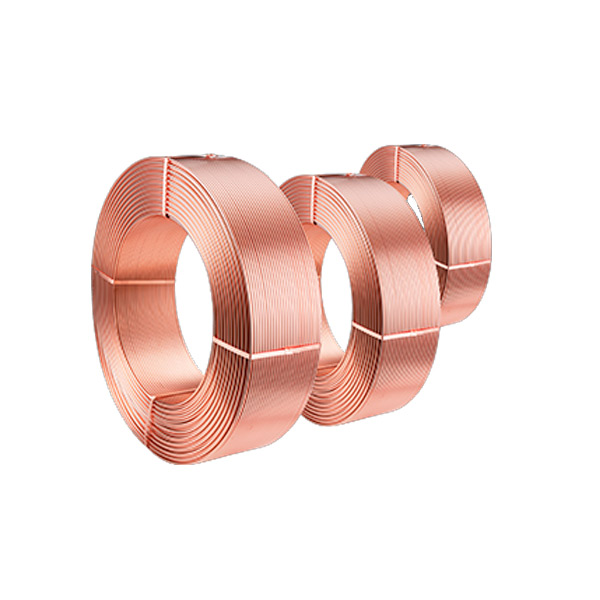Since 2010, the overall scale of China's automotive harness market has been on the rise, with the market reaching 62.8 billion yuan in 2021. According to authoritative institution data, the scale of the new energy vehicle market in 2025 will surpass ten million units.
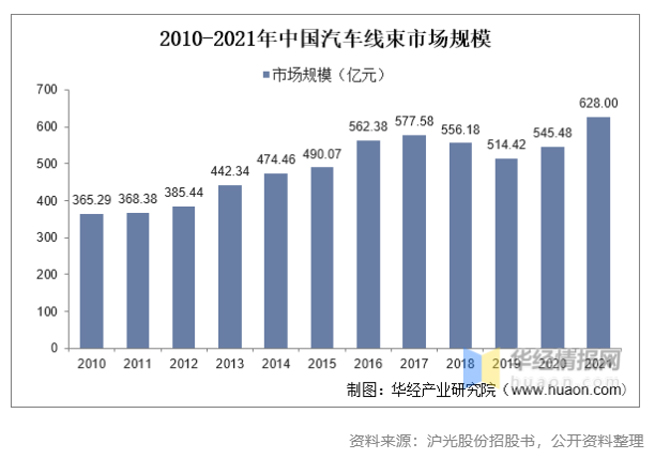
An automotive harness is the carrier for energy and various signal transportation in cars. It connects central control components and automotive control units, electronic and electrical executing units, and electronic devices to form the car's electrical control system, serving as the car's blood vessels and nervous system. Depending on their location in the car, harnesses can be divided into: body assembly harnesses, engine harnesses, dashboard harnesses, chassis harnesses, roof harnesses, door harnesses, etc.
As the main carrier for power output in electric vehicles, high-voltage harnesses are one of the key components for overall vehicle performance and safety. The new energy vehicle system includes both low-voltage harnesses and high-voltage harnesses, with the high-voltage harness system being a completely new system under electrification, replacing the engine harnesses of traditional cars. It mainly includes high-voltage connectors, high-voltage cables, charging sockets, etc.
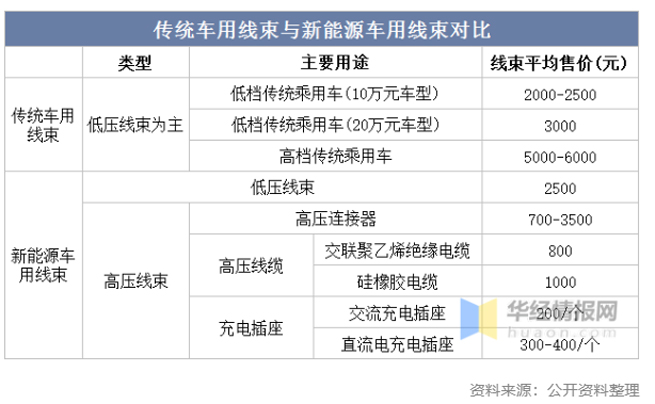
Related report: "In-depth Analysis of the Chinese Automotive Harness Industry Market and Investment Strategic Planning Report for 2022-2027" released by the China Economic Research Institute.
The characteristics of the automotive harness industry are labor-intensive, with high costs of upstream materials. Due to the difficulties in harness packaging and high transportation costs, harness factories often form industrial clusters with automobile manufacturers. Automotive harnesses have customization features, so harness factories work together with vehicle manufacturers during the early stage of vehicle development.
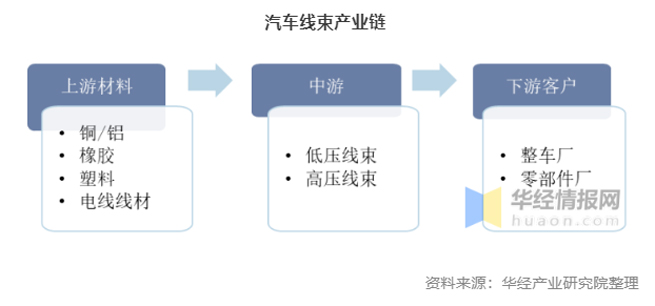
In terms of the proportion of raw material costs, harnesses mainly consist of wires, sheaths, and terminals, with copper materials having the highest proportion. According to the prospectus data of Shanghai Light Industry, the proportions of wires, sheaths, and terminals in harness raw materials are 32.54%, 20.53%, and 19.9% respectively.
Ningbo Jintian Electric Material Co., Ltd. was established in 1998 and is a wholly-owned subsidiary of Ningbo Jintian Copper (Group) Co., Ltd. It has a production workshop of over 30,000 square meters, fixed assets of 350 million yuan, and more than 730 employees. After more than 20 years of development and accumulation, the company has become an advanced domestic electric material processing and manufacturing base, specializing in the production of various types of electric round copper wire products.
Due to its excellent conductivity, copper materials are generally used as conductors in high-voltage harnesses. (At 20°C, the resistivity of copper is 0.0185 Ωmm2/m, and the resistivity of aluminum is 0.0294 Ωmm2/m). Under large current conditions, copper wires have lower temperature rises. On one hand, this reduces heating losses during transmission, and on the other hand, the excellent thermal conductivity of copper materials ensures that the working temperature of high-voltage harnesses remains within a safe range. Additionally, due to its excellent conductivity, copper conductors can have a smaller cross-sectional area under the same load. This helps effectively arrange high-voltage harnesses with smaller bending radii (which generally require bending radii of more than 5-6 times the harness diameter); moreover, the use of thinner harnesses reduces bending stress, making it easier to install and maintain the harness, improving assembly stability and reliability. Furthermore, a smaller cross-sectional area can help flexibly arrange high-voltage harnesses in grooves and corners that fit the metal body or arrange them close to the metal body to effectively reduce electromagnetic interference.
In addition to good conductivity, another advantage of using copper as the conductor material for high-voltage harnesses is its good tensile strength and bending performance. Copper metal has good mechanical properties, with a tensile strength of 200-240 MN/M2 and an elongation of up to 50%. Its good plasticity makes it easy to process, with a high deformation capacity. Various shapes and sizes of products can be produced using pressure processing methods such as rolling, extrusion, and stretching. High-voltage harnesses that use copper as the conductor can withstand vibrations and friction that occur during vehicle operation, ensuring high reliability and longer service life.
Copper materials also have good chemical stability, corrosion resistance, and are easy to weld. Vehicles operate in complex and harsh environments, and high-voltage harnesses and terminal connectors inevitably work in corrosive environments such as moisture and salt spray. Based on the experience of traditional automotive harnesses, in humid, high-temperature, and vibration environments, friction and collisions with other components can cause insulation wear, loose connections, and wire corrosion, leading to malfunctions such as short circuits. Because high-voltage harnesses carry higher voltages, larger currents, and greater stress on terminals and connectors, they require conductor materials with better chemical stability. High-quality copper materials can ensure that terminals and connectors maintain good contact for a long time, prevent electrochemical corrosion, and slow down the corrosion of harness conductors after insulating layer aging or damage. This field is also one of the main challenges for comprehensive research and verification of other materials used as high-voltage harness conductors.
Safety is the most important indicator for high-voltage harnesses. The safety design of high-voltage harnesses mainly includes insulation, voltage resistance protection, overload protection, connector IP rating, equipotential balance, high-voltage harness routing, etc. From a safety perspective, using materials with better conductivity and heat conductivity is advantageous for optimizing the efficiency and reducing the temperature rise of high-voltage harnesses. Using materials with better tensile strength and plasticity helps improve the reliability of high-voltage harnesses in production assembly and vehicle operation under vibration and friction conditions, and is conducive to optimizing the spatial layout of harnesses. Using materials with better chemical stability can prevent corrosion, ensure good contact between high-voltage harness terminals and connectors, and reduce safety risks due to poor contact.
For more requirements, please call for consultation: 0574-83005999.

 English
English 日本語
日本語 한국어
한국어 français
français Deutsch
Deutsch Español
Español italiano
italiano العربية
العربية tiếng việt
tiếng việt Türkçe
Türkçe ไทย
ไทย 中文
中文



